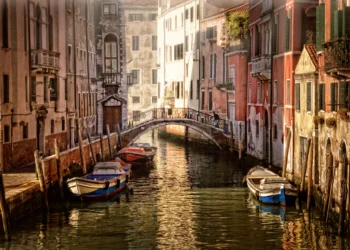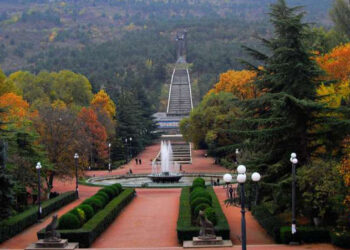From very early on in my decades-long exploration of photography, macro (close-up) work has been one of my great interests. But this, too, has its subdivisions of approach.
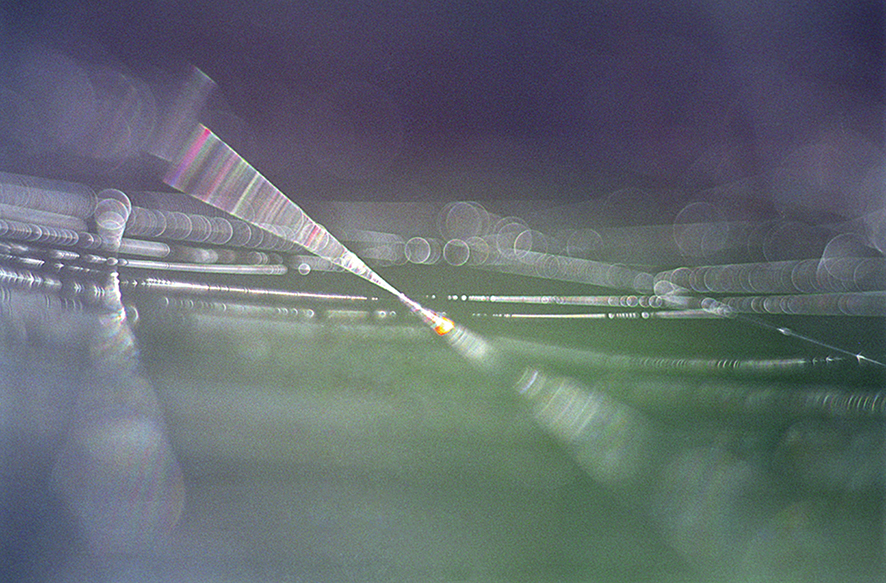
One can use a tripod, in windless conditions, and take many shots of the subject, changing only the point of focus incrementally for each shot. Then, with the wonders of computational photography, assemble all these into a “focus stacked” shot, in which only the areas of each frame which are in focus are selected (except for a blurred background if you desire). You end up with much more of the subject in focus than any single shot can offer. This is super for photographing insects (if they’re dead, so, not moving) or completely motionless other subjects.
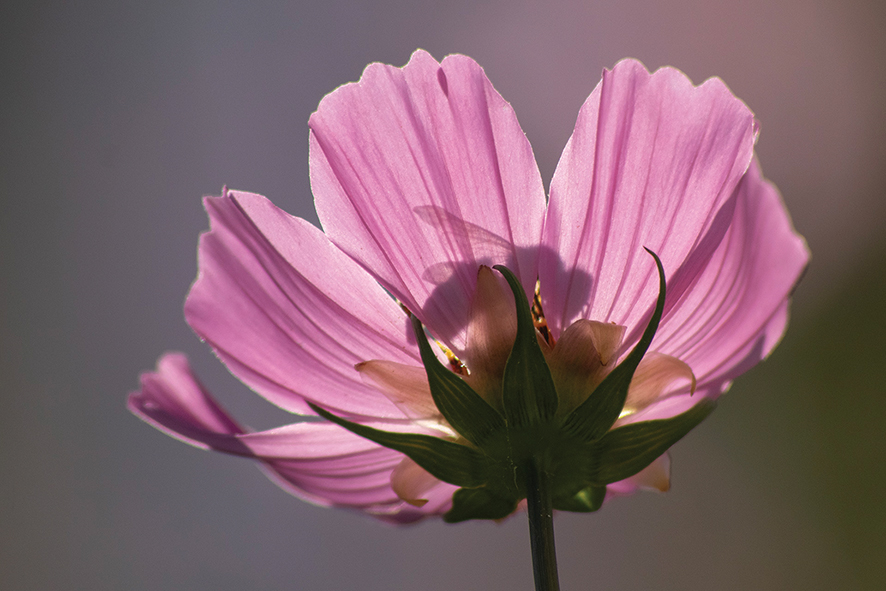
You can also put the aperture on its smallest setting, in an attempt to maximize depth of field (amount in focus) in one shot; again, usually on a tripod as this will slow down shutter speed and risk camera shake, unless you up the ISO (sensitivity to light).
Or you can do it the way I usually do. I try for a very NARROW area in focus, allowing shutter speed and ISO to be at their best for hand-held work with little grain. This is not only much easier than the other approaches above; it also allows for abstraction, dreaminess, fantasy, and direction of the viewer’s eye to only what is sharp in the frame. Plus, there is much to be said for out of focus elements such as spiderwebs refracting light, dewdrops, and much more.

Either in my own garden, or wherever I have found myself over the years, my minimal-focus approach to close-up photography has served me well and brought delight, starting with 35mm film (1978-2008) and then into digital (2008-present). Currently, I am observing the garden’s flowers here in Svaneti, in the low horizontal light of morning or evening which backlights the whole spread at once. I allow one flower out of a group, or even just one part of a flower, to get that focus. Usually, I have to do some cropping to remove unnecessary edge busyness which can distract the eye and lead it out of the frame, instead of its staying put.

Bees come and go, and I photograph their shadows against the flower petals for the first time ever, rather than the busy creatures themselves, as they gather pollen before returning to my neighbor’s many carefully maintained hives. This discovery shows me that there is always something new, which I have either never seen or simply never captured before. I even get a couple of shots of a butterfly feeding on the same flowers, though I’m at a loss to identify either flora or fauna in this case.
My technique sometimes feels lazy: no tripod, no sets of images to combine. But then I remind myself how freeing and simply fun it is, and go back to it, guiltless. My sight has been altered.
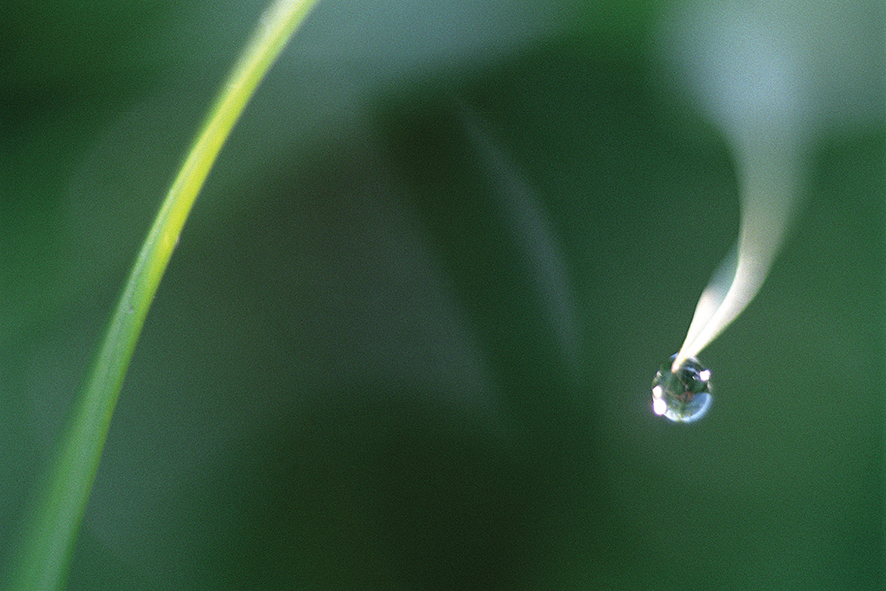
Working with such small subjects (assuming you have the right lens to focus that close) also means that you can find interesting material almost anywhere. Have a garden? No, you live in an apartment? How about a single house plant? Not even that? Start off with fresh fruit or veggies that you have on hand. Or just go out for a walk, to the nearest park. Focus as close as you can, fix the focus there, then move the camera (or even your phone!) around and see what that close focus shows you as it comes into view. Keep the aperture wide open (assuming you have this much control). If you don’t have a way to manually adjust these things, though, you’re missing out on a lot of simple creative joy. It’s not hard to fix, though: usually a free app for the phone will get you there.
Beauty surrounds us. Slow down, look close and it might just jump out and tickle you from a few inches away.
Blog by Tony Hanmer
Tony Hanmer has lived in Georgia since 1999, in Svaneti since 2007, and been a weekly writer and photographer for GT since early 2011. He runs the “Svaneti Renaissance” Facebook group, now with over 2000 members, at www.facebook.com/groups/SvanetiRenaissance/
He and his wife also run their own guest house in Etseri: www.facebook.com/hanmer.house.svaneti


